Collagen 101: Your Guide to Healthy, Youthful Skin
You can find collagen products in countless forms: topical creams, ingestible supplements and even injectables. But what exactly is collagen, and why are we so obsessed with keeping it in our bodies?
Collagen is one of the most important proteins in our bodies. It supports our skin like a skeleton, giving our skin the firmness and elasticity to move and function healthily. Collagen represents over 25% of our bodies’ total proteins and is found in all essential structures, including bones, tendons, ligaments and skin. But it’s collagen in the skin that hogs the limelight (and gets most of the products!) because collagen keeps our skin looking young. And who doesn’t want that?
Our skin naturally produces collagen daily—however that production depends greatly on your age and habits.
Collagen production naturally declines as we age, beginning around age 30. At first the decline is barely noticeable, but loss increases exponentially as we age. And when collagen decreases, wrinkles increase because our skin loses its elasticity and tautness.
How to Get Your Best [Collagen-Filled] Skin
Our habits—good and bad—also influence collagen production. If skin is healthy, it repairs itself and makes new collagen as needed. When everything is humming along, our collagen-making cellular gizmos called fibroblasts can pump out new collagen and a wrecking crew of enzymes break down and whisk away the old collagen. This collagen give-and-take keeps skin looking smooth and young.
But things like ultraviolet rays, smoking, pollution, stress and other factors can wreak havoc on our skin by producing free radicals which break down collagen fibers. Excessive sun exposure, for example, reduces fibroblasts' collagen factories, causing a flimsier collagen layer, and overstimulates the wrecking crew so it then clears out healthy collagen.
Thankfully, there are things we can do to help our bodies maximize healthy collagen production. First, do what you can to minimize or avoid those damaging factors: cover up when in the sun or use broad-spectrum SPF 30+, stop smoking (or don’t start!), try to avoid exposure to pollution and reduce stress as much as possible. Then, identify a plan to improve your body’s overall health so your body can build healthy skin.
Anything that increases oxygenation and blood supply to collagen will make our skin healthier. So, when you hit the gym and prioritize clean and healthy eating—especially food rich in antioxidants and vitamin C—you’re taking strides toward better collagen production and healthier skin.
What Topical Products Can Improve Collagen?
If a healthy lifestyle doesn’t give you the collagen-filled results you’re looking for, there are topical treatments that can help.
Prescription retinoic acid and retinol are vitamin A-derived products that "turn on" cells involved in collagen production. But these products can be irritating, so use only every other night when you begin and only use a pea-size drop for your entire face.
Over-the-counter antioxidant products, like copper peptides, can neutralize damaging free radicals and extinguish inflammation in your daily skin care regimen.
Products including vitamin C can stimulate healthy collagen production.
Serums including growth factors can stimulate fibroblasts and stem cells to encourage new cells and collagen.
Which Professional Treatments Boost Collagen?
The topical products listed above offer effective and easy treatments, but they require consistency and months to see results. Professional treatments, on the other hand, take collagen building to the next level and offer rapid results. (However, you may need three to four treatments to see optimal results. A quality provider can help you decide which treatment is best for you!)
Fractionated laser treatments, such as Fraxel, can target multiple fibroblast receptors and stimulate collagen. These treatments cause microscopic, controlled "injuries" in the collagen layer. The body then repairs these injuries by making beautiful new collagen.
Professional microneedling works in a similar way. Tiny puncture wounds on the surface of the skin jump-start the healing and collagen-building process. This procedure can be coupled with platelet rich plasma, a natural product, for better results.
Injectable fillers, such as Juvéderm, Restylane, and Sculptra, are other options. Along with plumping wrinkles from below, these products prompt skin cells to increase collagen production to maintain the new, improved structure.
So, whether you are a 30-something noticing initial collagen loss or a sixty-something with a growing collection of wrinkles, there are steps you can take today to improve your skin for tomorrow (and for years to come!).
Want to learn more, book a free consultation now.
Emily Giddings, RN


